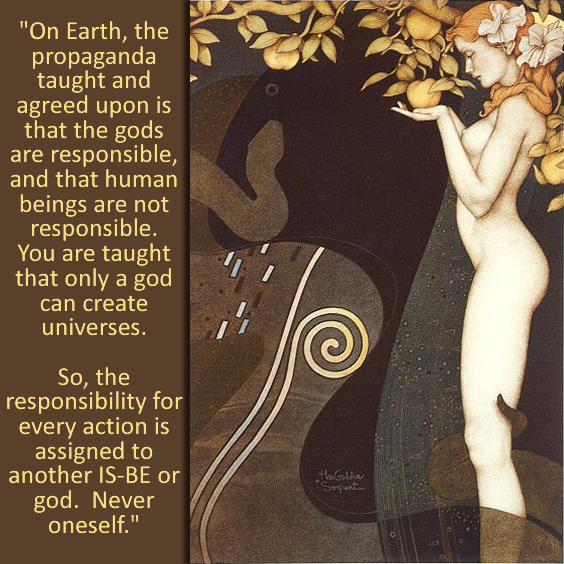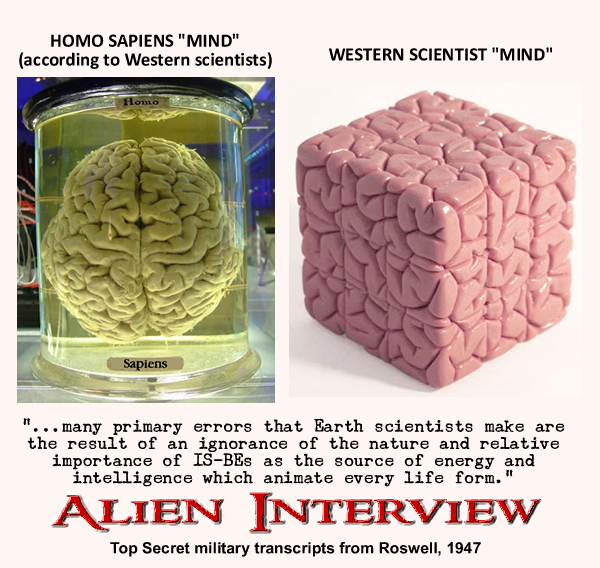Republished by Blog Post Promoter
 ( painting by Michael Parkes — “The Golden Serpent” )
( painting by Michael Parkes — “The Golden Serpent” )
Inside the book, Vermeer: Portraits of A Lifetime. Analysis of all the paintings of Johannes Vermeer. The book reveals for the first time that the women featured in the paintings of Johannes Vermeer were members of his own family, his daughters, his wife and mother-in-law, Maria Thins.
Republished by Blog Post Promoter
 ( painting by Michael Parkes — “The Golden Serpent” )
( painting by Michael Parkes — “The Golden Serpent” )
Republished by Blog Post Promoter

Republished by Blog Post Promoter
“Time is a subject that is far from absolute. The measurement of time is the activity of monitoring the movement of matter or energy particles through space. In order to establish the passage of time, one must establish an agreed-upon reference point for beginning the period of time to be measured. Then, the increments of measurement must be uniformly consistent throughout the period of time being quantified. This set of qualifying factors, however, applies only to the Physical Universe.
Does time (as the Munchkins would say) morally, ethically, spiritually, physically, positively, absolutely, undeniably and reliably actually, really exist?
Imagine that you are completely isolated, unable to observe any physical motion whatsoever–no sun, moon and stars, night or day. If you were isolated from your own body such that you could not detect any breathing rhythm or heartbeat or cellular motion of any kind to use as a reference point, would time exist?
People who have been locked in solitary confinement, whether in a prison or in an isolation chamber, have experienced the phenomenon of “no time”.
Since many people seem to have an innate, built-in time sense, or a “biological clock”, there may be a subjective awareness of time. But, even so, time is determined by measuring some motion in the physical universe. 
How can the dates of something for which you have no starting point be measured? How can the age of our planet, our galaxy, or the entire physical universe be determined? How can the age of something which does not exist in the physical universe, such as a spirit, be calculated?
Logically, an arbitrary unit of measurement must be chosen. Then a particle or object which can move through space must exist. This particle would have to travel at a uniformly predictable rate of speed. The unit of measurement would depend on the magnitude or size of the motion of the particle relative to a fixed point in space, or a fixed point of view.
Here is a simple example: let’s imagine a theoretical COSMIC TIME CLOCK in which ONE SECOND equals ONE EARTH YEAR.
If you counted the ticks of the second hand of this cosmic clock in “normal” time increments of 24 hour days, every day, how long would it take you to measure the recent history of planet Earth?
2 years and 22 days ago would equal the end of the Dinosaur Age (75 million BC)
1 hour, 14 minutes,6 seconds ago equals 2,450 BC– Egyptian Pharaoh Khufu
53 minutes, 36 seconds ago equals 1220 BC–Moses’ Exodus from Egypt
42 minutes 39 seconds ago equals 563 BC–Buddha is born
33 minutes 16 seconds ago equals “year zero” the calendar in use throughout most of the world, sponsored by Pope Gregory XIII in 1582
8 minutes 24 seconds ago equals 1492 AD, Columbus “discovers” America
3 minutes 40 seconds ago equals 1776 AD, the United States of America is founded
One human average lifetime (70 years) equals 1 minute, 10 seconds on the Cosmic Time Clock.
Time is a relative measurement of the motion of particles in the Physical Universe. The order of magnitude of the unit of measurement may vary according to the point of view of the observer.
To venture a guess as to the age of the physical universe, based on a supposed decay of matter is another example of “scientific theory” based on assumption and personal viewpoint.
According to some authorities, mainly from the non-physical sciences, such as philosophy, there is reason to believe that the physical universe may have existed for many trillions of years or perhaps for a nearly infinite period of time. However, since time is a relative factor, it’s importance as a tool for evaluating other information is also relative.”
— Excerpt from THE OZ FACTORS, by Lawrence R. Spencer
Republished by Blog Post Promoter
“Have you ever been at a party and someone asked you, by way of pretending to be conversational, “If you could spend a year on a desert island with 5 people from history, who would you chose?”
Now you can spend the rest of eternity with some of famous celebrities – if you can find any.
When you’re dead, how do you communicate with other spirits? This is a good question. This is also a question that you must answer before you will be able to find celebrities to hang out with.
There are many, many variables involved here: some celebrities you might like to hang out with may have returned to Earth long ago.
Maybe they already lived 17 more lives as other identities since having lived as the celebrity you are familiar with. During those lifetimes they may not have become famous.
What if you met Napoleon, but you don’t speak French?
What if the celebrity forgot that they were a celebrity in a previous life and changed careers? Like Elvis. What if he went back to Earth and became a used car salesman in Iowa or a truck driver in Bangladesh?
One of the most famous people in history was Sir Isaac Newton. What if Isaac spent his next 4 lives as a horse? Or, what if he’s still hanging around the tomb where his body is buried at Westminster Abbey?
Newton’s monument can be seen in Westminster Abbey. It was executed in white and grey marble. The monument features a figure of Newton reclining on top of a sarcophagus, his right elbow resting on several of his great books and his left hand pointing to a scroll with a mathematical design.
Above him is a pyramid and a celestial globe showing the signs of the Zodiac and the path of the comet of 1680. The Latin inscription on the base translates as:
“Here is buried Isaac Newton, Knight, who by a strength of mind almost divine, and mathematical principles peculiarly his own, explored the course and figures of the planets, the paths of comets, the tides of the sea, the dissimilarities in rays of light, and, what no other scholar has previously imagined, the properties of the colors thus produced. Diligent, sagacious and faithful, in his expositions of nature, antiquity and the holy Scriptures, he vindicated by his philosophy the majesty of God mighty and good, and expressed the simplicity of the Gospel in his manners. Mortals rejoice that there has existed such and so great an ornament of the human race! He was born on 25 December 1642, and died on 20 March 1727.”
If someone built a monument for you and said all those nice things about you on your gravestone?
Perhaps he was tempted to hang around there and bask in the glory of his own mythology!
Or, since he was such a smart guy, maybe he figured out how to break the cycle of birth, death and rebirth and went somewhere “over the rainbow” where he could enjoy a more pleasant existence.”
— Excerpt from the book 1001 THINGS TO DO WHILE YOU’RE DEAD, by Lawrence R. Spencer
Republished by Blog Post Promoter